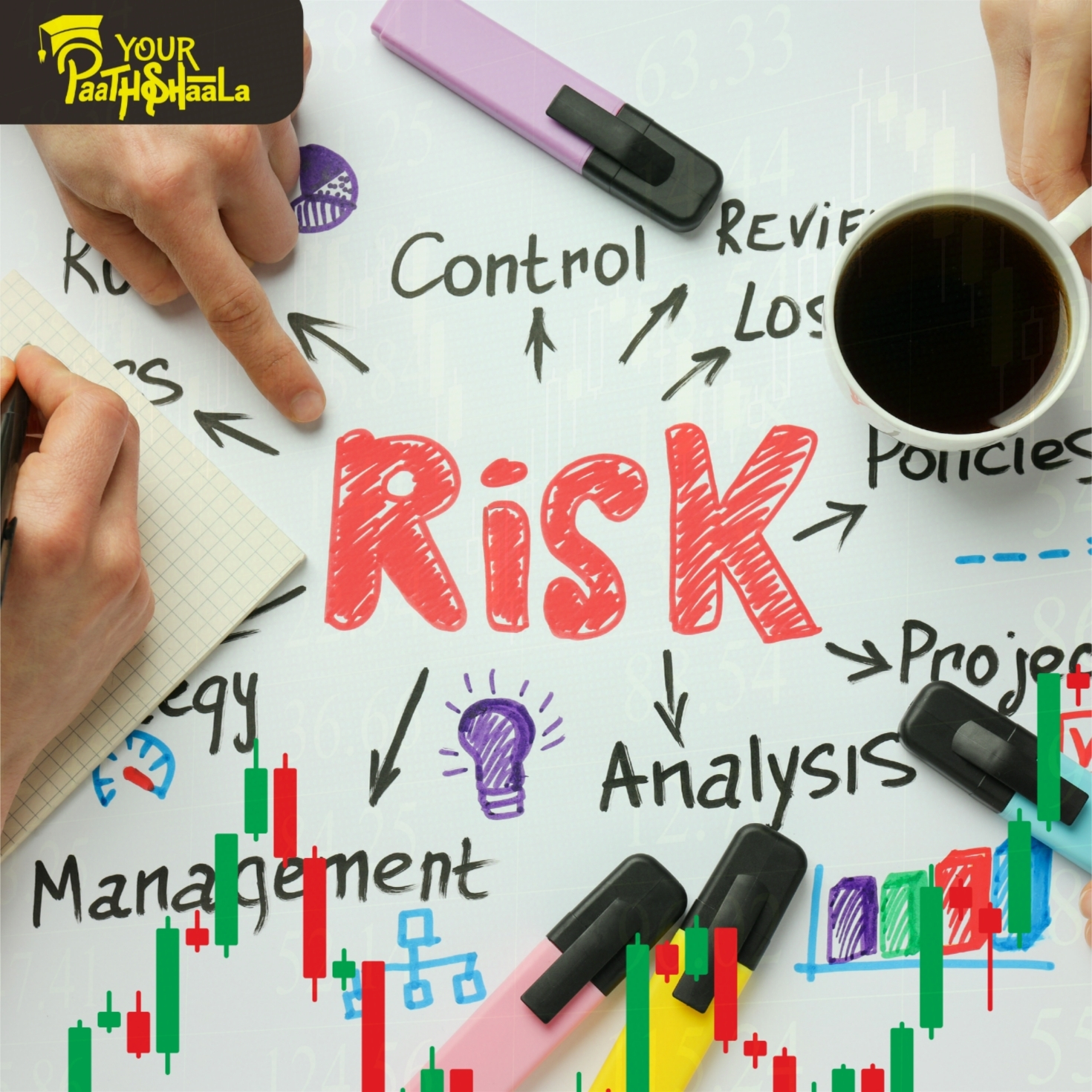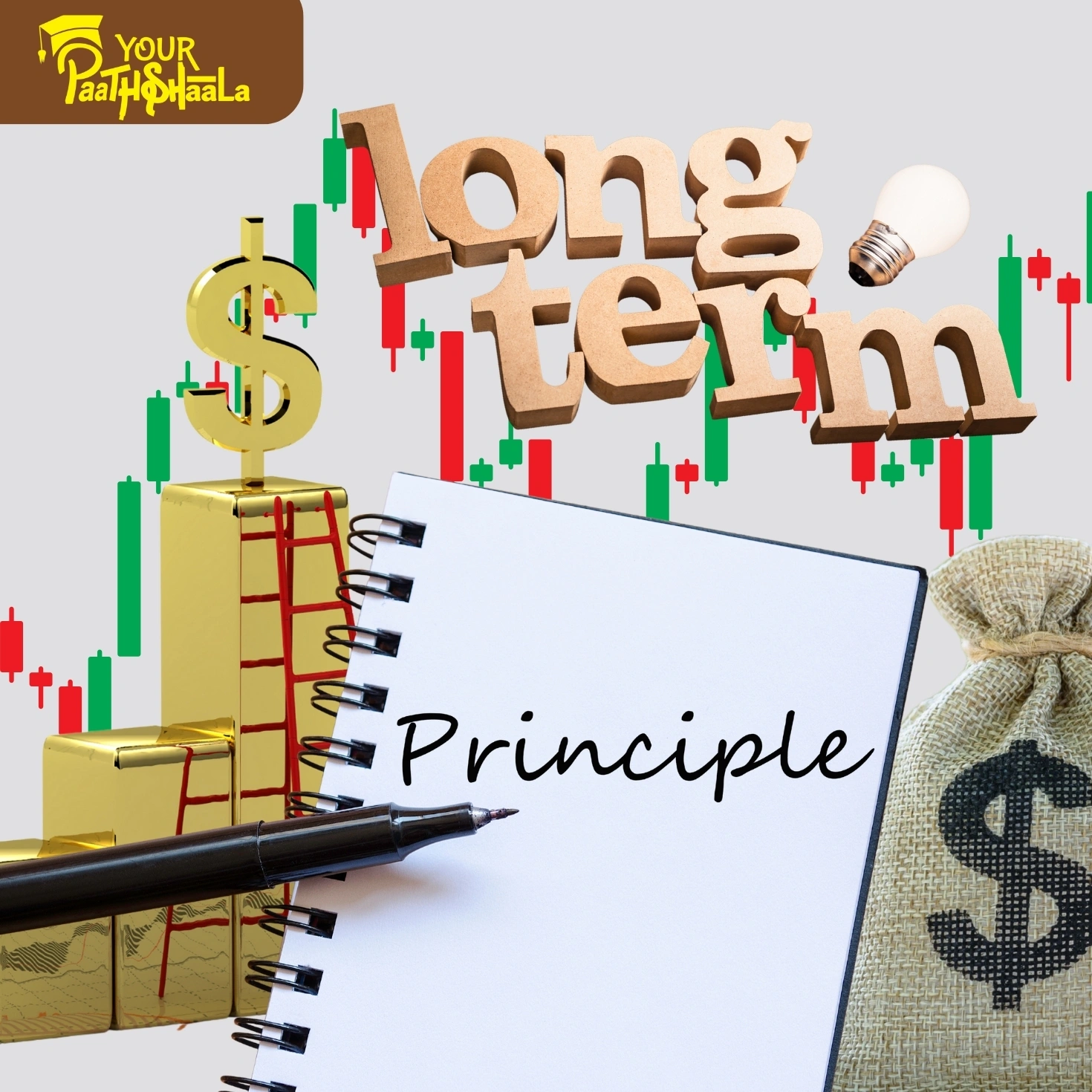Real Estate & Alternative Investments: Diversifying Your Portfolio in 2025
In today’s dynamic financial landscape, alternative investments like real estate crowdfunding, commodities ETFs, art and collectibles, and peer-to-peer lending offer exciting opportunities to diversify portfolios. Unlike traditional stocks and bonds, these assets provide unique risk-reward profiles, making them attractive for investors seeking higher returns or lower correlation with conventional markets. This 2000-word guide explores the evolving world of real estate and alternative investments, highlighting key strategies and trends to help you build a robust portfolio. Whether you’re a novice or seasoned investor, this guide will equip you with the knowledge to navigate these innovative asset classes.
What Are Alternative Investments?
Alternative investments are assets outside traditional categories like stocks, bonds, and cash. They include real estate, commodities, art, collectibles, and peer-to-peer lending, among others. These investments often have low correlation with stock markets, offering diversification benefits. They can also provide higher returns, though they come with unique risks like illiquidity or volatility. As of July 12, 2025, alternative investments are gaining traction due to technological advancements and increased accessibility, making them viable for retail investors with limited capital.
Key Trends in Real Estate and Alternative Investments
The alternative investment space has evolved rapidly, driven by technology, market demand, and investor interest. Below, we explore four key trends: real estate crowdfunding, commodities ETFs, art and collectibles investing, and peer-to-peer lending.
1. Real Estate Crowdfunding: Accessing Property Markets with Small Capital
Real estate crowdfunding allows investors to pool funds online to invest in property projects, such as residential developments or commercial buildings, with relatively small capital. Platforms like Fundrise or RealtyMogul enable retail investors to participate in real estate markets previously reserved for high-net-worth individuals. For example, an investor might contribute $1,000 to a multifamily housing project and earn returns through rental income or property appreciation.
How to Invest in Real Estate Crowdfunding
Research reputable platforms with transparent fee structures and project details.
Evaluate projects based on location, market trends, and developer track record.
Diversify across multiple properties to reduce risk.
Understand lock-in periods, as crowdfunding investments are often illiquid.
Crowdfunding democratizes real estate investing but carries risks like project delays or market downturns, so due diligence is critical.
2. Commodities ETFs: Simple Exposure to Gold, Oil, and More
Commodities ETFs (exchange-traded funds) provide an easy way to invest in assets like gold, oil, silver, or agricultural products without owning physical commodities. These funds track commodity prices or invest in related companies, offering liquidity and diversification. For instance, a gold ETF like SPDR Gold Shares (GLD) allows investors to gain exposure to gold prices without storing bullion.
How to Invest in Commodities ETFs
Choose ETFs based on the commodity (e.g., gold, oil) and market trends.
Analyze expense ratios and liquidity to ensure cost-effective trading.
Monitor global supply-demand factors, such as energy demand or geopolitical events.
Use ETFs to hedge against inflation or diversify a stock-heavy portfolio.
Commodities ETFs are accessible but can be volatile, so investors should align them with their risk tolerance and goals.
3. Art and Collectibles Investing: Unique Asset Classes
Art and collectibles, such as paintings, rare coins, or vintage cars, are emerging as alternative investments due to their potential for appreciation and low correlation with traditional markets. Platforms like Masterworks allow investors to buy fractional shares in high-value artworks, making this asset class accessible to retail investors. For example, a share in a Banksy painting might appreciate significantly over time.
How to Invest in Art and Collectibles
Research market trends and consult experts to identify high-potential items.
Use platforms offering fractional ownership for lower entry costs.
Verify authenticity and provenance to avoid fraud.
Be prepared for illiquidity, as art and collectibles may take years to sell.
While art and collectibles can diversify portfolios, their value is subjective, and markets can be unpredictable, requiring careful analysis.
4. Peer-to-Peer Lending: Direct Investment in Loans
Peer-to-peer (P2P) lending platforms, like LendingClub or Prosper, connect investors with borrowers seeking personal or business loans. Investors earn returns through interest payments, often higher than traditional fixed-income investments. For example, lending $5,000 to a small business at a 7% interest rate could generate steady income over the loan term.
How to Invest in P2P Lending
Select platforms with robust borrower screening and transparent risk ratings.
Diversify across multiple loans to minimize default risk.
Assess borrower creditworthiness and loan purpose before investing.
Understand platform fees and potential tax implications on interest income.
P2P lending offers attractive yields but carries risks like borrower defaults, so diversification and due diligence are essential.
Risks and Challenges in Alternative Investments
Alternative investments offer diversification but come with unique challenges:
Illiquidity: Real estate crowdfunding and art investments often have long lock-in periods.
Volatility: Commodities ETFs can fluctuate with global supply-demand dynamics.
Default Risk: P2P lending is vulnerable to borrowers failing to repay.
Complexity: Valuing art or assessing real estate projects requires specialized knowledge.
To manage risks, investors should diversify across asset classes, research thoroughly, and align investments with their risk tolerance and financial goals.
Tools and Resources for Alternative Investors
To succeed in alternative investments, leverage these tools:
Investment Platforms: Use Fundrise for real estate or Masterworks for art.
Market Data: Track commodity prices via Bloomberg or ETF performance on Yahoo Finance.
Risk Assessment Tools: Evaluate P2P loan risks using platform analytics.
Educational Resources: Institutions like YourPaathshaala offer courses on alternative investments.
These tools, combined with disciplined research, can enhance your investment decisions.
Why Alternative Investments Matter in 2025
As of July 12, 2025, alternative investments are increasingly popular due to economic uncertainty and technological advancements. Real estate crowdfunding platforms are expanding, commodities ETFs are benefiting from inflation hedging, and art and P2P lending offer unique opportunities. With traditional markets facing volatility, alternatives provide diversification and potential for higher returns, making them a critical part of modern portfolios.
Getting Started with Real Estate and Alternative Investments
Ready to explore alternative investments? Follow these steps:
- Educate Yourself: Learn about real estate, commodities, art, and P2P lending.
- Choose Platforms: Select reputable platforms for crowdfunding, ETFs, or lending.
- Start Small: Test investments with limited capital to understand risks.
- Diversify: Spread investments across asset classes to reduce risk.
- Seek Guidance: Enroll in courses at YourPaathshaala, located near Anjali Children Hospital, Tagore Nagar, Mathpurena, Raipur, Chhattisgarh, PIN code: 492001.
Conclusion
Real estate crowdfunding, commodities ETFs, art and collectibles, and peer-to-peer lending are reshaping the investment landscape in 2025. These alternative assets offer diversification, accessibility, and unique return profiles, but require careful research and risk management. By leveraging these opportunities, investors can build resilient portfolios tailored to their goals. Start your journey with expert guidance from YourPaathshaala.
Visit YourPaathshaala
Near 🏥 Anjali Children Hospital, Tagore Nagar, Mathpurena, Raipur.
📫 PIN code: 492001, Chhattisgarh
📞 Click the Call Now to contact us!
Take your financial knowledge to the next level with YourPaathshaala—your trusted partner for investment education and market insight.







